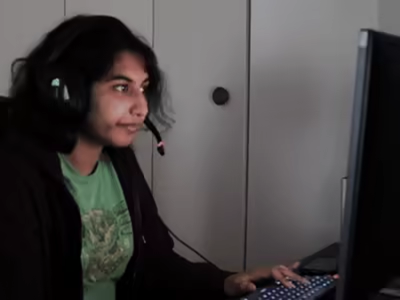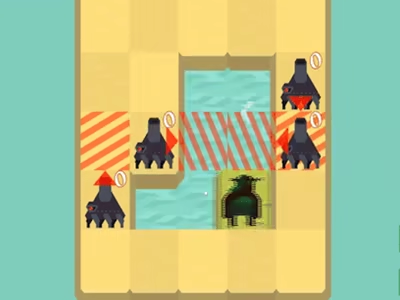Hibotchi
Inspiration
This game was born of a desire to make Tetris into a dungeon-crawling deck-building game with roguelike elements like Slay the Spire.
Gameplay
After prototyping my first version of the game, where I restricted tetromino movement to match held cards, I realized that completing lines with this system in place became much harder. To adapt, I combined this idea with a cooking game I had in mind. I transformed the falling tetrominos into food and changed the goal to fulfilling customer orders by merging nearby food blocks.
Design & Development
The main tasks involved were developing a robust ScriptableObject and GameEvent-based project architecture in Unity, creating unique gameplay mechanics for each chef class, optimizing the code for small file size and fast loading times, and designing a player progression curve to encourage daily engagement. To improve player retention, I introduced unlockable cards that rewarded users for completing games. Additionally, I implemented optional video reward ads to expedite card unlocks, with a 24-hour waiting period between each unlock using this method. During development, I noticed that there were usually very few customers in the mid-to-late game, resulting in an accumulation of unused food at the bottom of the player's grid. To mitigate this issue, I implemented a solution where playing a card would deduct one second from the customer arrival timer. This straightforward adjustment ensured that more customers arrived when the player's hand was full and their restaurant was empty.
Based on playtesting and the principle of "following the fun," I made the significant design decision to alter the timing of card drawing. Instead of drawing a card when a food landed at the bottom of the grid, I changed it to when a food was instantiated at the top. I implemented this change to address situations where a food failed to reach the bottom or got destroyed, resulting in the player not receiving a card to guide the next spawned food. This could be frustrating, especially when the player had an empty hand and a new food appeared, leaving them with no actions to perform. The new approach ensured that players could take at least one action on each falling food, even if their hand was empty when it spawned.
Like this project
Posted Nov 30, 2023
Hibotchi is an exciting blend of Tetris, Slay the Spire, and Diner Dash—a real-time cooking game with cards.







